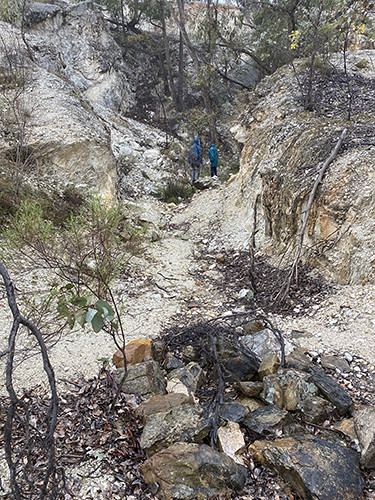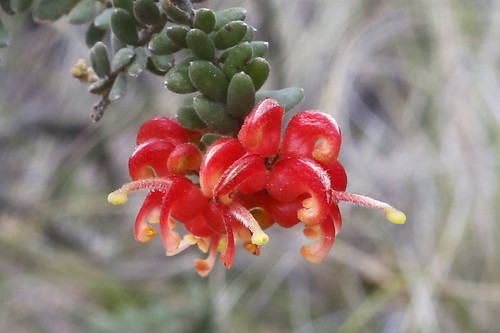UPDATE ON THIS POST: Please see the press release above relating to this matter
Vicroads is planning to begin its tree clearance works on the Pyrenees Highway east of Newstead this week. Works were planned to start today (the 29th), but we’ve seen no sight of them yet.
Subsequent to the recent Newstead ‘consultation’ meeting, the roads authority has distributed a quantity of material to local residents explaining the project and providing answers to residents’ objections to the vegetation clearance.
The key documents can be found here:
file:///C:/Users/User/AppData/Local/Microsoft/Windows/INetCache/IE/QR7OSTPD
/Pyrenees%20follow%20up%20information%20220119.pdf
file:///C:/Users/User/AppData/Local/Microsoft/Windows/INetCache/IE/QR7OSTPD
/Pyreness%20drop%20in%20notes%20080119.pdf
As readers will remember, FOBIF’s objections to large tree removal were accompanied by a number of proposals including: reduction of the speed limit on the road, and installation of advisory ‘black spot’ signs: the point of these being to reduce the likelihood of an accident. As we have pointed out, Vicroads’ strategy in this case is not to reduce accident probability, but to soften the impact of accidents. According to Vicroads’ tree policy ‘The risk of death and serious injury is directly related to the likelihood of a crash and the impact forces on the vehicle occupants when a vehicle impacts an object.’ Of these two factors, the current project is focussed on one only: ‘This project is focussed on improving road safety outcomes for roads users who are involved in a crash.’ (FOBIF emphasis).
Vicroads’ modelling seems to have been focussed entirely on this angle: and, of course, if you run into a tree at 80 the effect is pretty well the same it would be at 90. The question is, would the accident have happened at all at 80? Numerous campaigns designed to convince us that speed kills would suggest not.
As to what decisions will be made on speed limits, we’re not clear.
A further objection, that the project will damage Swift Parrot habitat, is dealt with in the Vicroads material, essentially via the provision of offset plantings in the St Arnaud area. FOBIF has had no response to our question as to how the removed trees are valued, but we assume that the answer is that the offsets will at least equal the removed trees.
As we’ve suggested before, this project, like many before it, is a small example of a very large principle dominant in our culture: where an apparent conflict is seen between humanity and nature, it is nature which loses out every time. The principle is clearly seen in the current predicament in the Murray Darling, where the underlying principle of governments has been that there be ‘no negative socio-economic impact’. The principle is perfectly encapsulated in Premier Gladys Berejiklian’s statement today: ‘I’m concerned about fish, but I’m more concerned about people.’ The end result now most likely: not only has nature been seriously damaged, but the region, and Australia more generally, is facing a serious social and economic crisis as well.
And here’s a footnote: last July the French government controversially reduced the speed limit on secondary roads from 90 kph to 80 kph. The French Prime Minister released figures this week showing persuasively that 116 fewer people had died on the roads in the period since the change, compared to the average over the preceding years.










 Click on image for info/order page
Click on image for info/order page Click on image for info/order page
Click on image for info/order page Click on image for info/order page
Click on image for info/order page




















